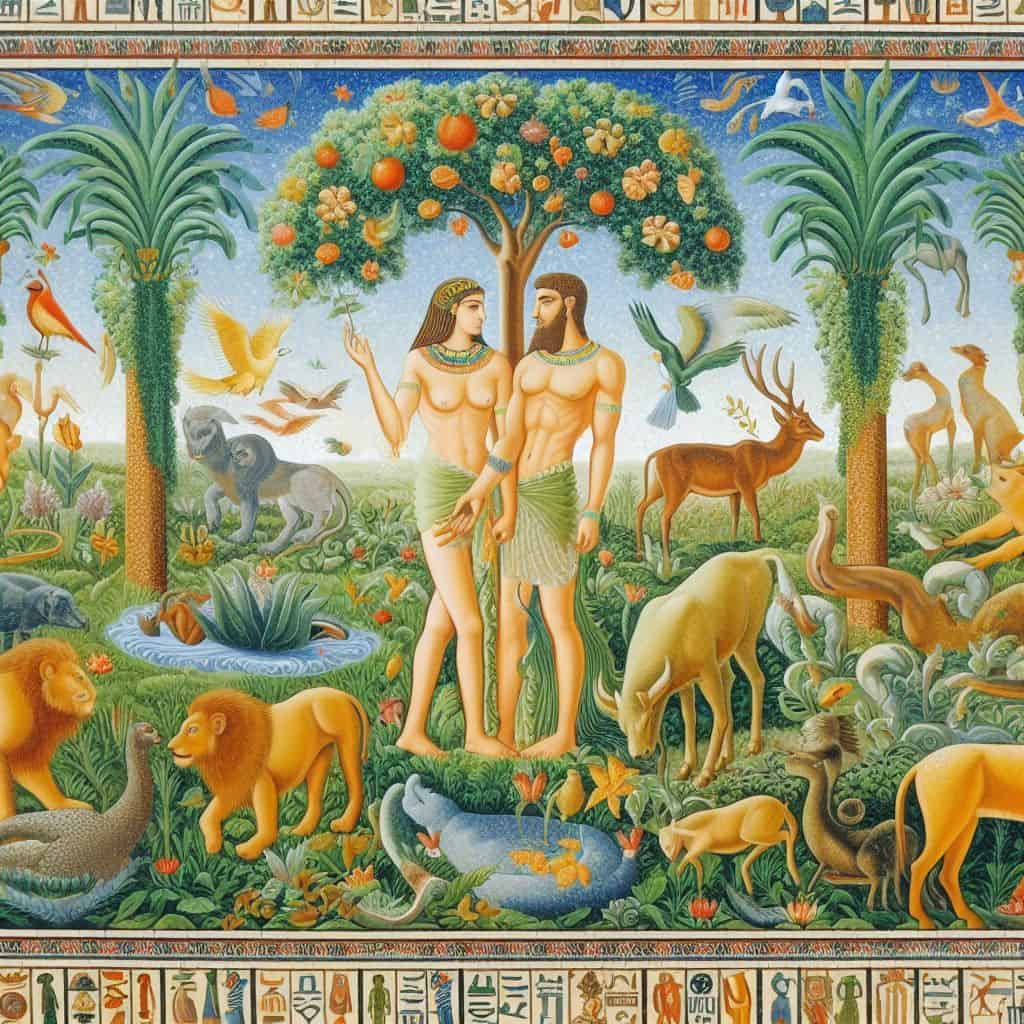DALL-E 3 Reimagining Art and Culture via Content Control
DALL-E 3’s evolution indicates a careful fine-tuning of this generative AI model. We've seen analogous adjustments before, notably in Midjourney’s thorough training procedures. the transformations taking place in DALL-E are noticeably more profound.

DALL-E 3 appears to step back from certain subject matters. It avoids generating content linked to gender, and when “blood” is mentioned, it creatively morphs into colorful rainbows. Any indication of violence prompts an entire image rework, which implies a thorough examination of its output. The model seems to substitute adult-themed content with representations of classical art, while still managing to keep a censorship-like approach .
This evokes a timeless humor where an object can exist yet its title remains unspeakable. DALL-E 3 seems to perform a parallel act, skillfully sidestepping delicate topics.

The team at OpenAI faces a significant hurdle—functioning as the overseers of AI. Their mission resembles an attempt to sculpt and govern the very fabric of culture, a convoluted and deeply entrenched aspect of human life that has existed for eons and often intertwines with spirituality.
Culture encompasses a wide range of issues, and for now, we’ll zero in on the current cultural landscape. It’s important to reflect on the dominant themes within our culture today, which frequently include violence, nudity, sexuality, and dark humor. Movies, art, and literature often plunge into these topics, depicting the intricate tapestry of human expression.

Yet, OpenAI appears to be following a different trajectory—by metaphorically turning a blind eye to certain parts of culture. It almost seems as though they are trying to ignore the existence of these elements. They seem to be developing an AI that views images and texts in a rather sanitized light, lacking the richness and nuance found in human culture.
At first glance, one could interpret that OpenAI is striving to cultivate a new, cleansed culture. However, as we dissect this matter further, it becomes evident that their aim is not to redefine culture but rather to deny its existence . It’s almost as if they wish for these images and texts to serve only as visual cues, absent of any meaningful emotional or intellectual content.
The reasoning behind this strategy likely arises from the challenges associated with managing emotions in AI-generated content. Emotions demand acknowledgment, prediction, and occasionally limitation. It’s a complex and morally intricate task to navigate the range of human emotions, particularly concerning sensitive subjects like nudity or violence.
Stanislaw Lem’s Eerie Predictions
Stanislaw Lem, the brilliant mind behind 'Solaris,' appears to have foreseen the ethical dilemmas currently gripping the AI domain. In his narrative, Lem portrayed a society in which aggression was neutralized through vaccinations, resulting in unexpected ramifications. Here are a few quotes from the Return from the Stars to examine how they connect with today’s discussions around the ‘alignment’ of generative AI systems. book In one segment, Lem states, “Watch a couple of melodramas, and you will understand what the current criteria for erotic choice are. The most important thing is youth.” This chillingly mirrors today's society’s fixation with youth and attractiveness. In the realm of AI, models frequently pursue sanitized and ageless representations, steering clear of anything that might ignite intense feelings. The cancellation of risk, as referenced in the quote, reflects the cautious stance adopted in AI development to avoid producing offensive or contentious results.
Lem further asserts, “Now there are no more tragedies. There is not even a chance for their existence. We eliminated the hell of passions, and then it turned out that paradise disappeared along with it.” This poignant statement echoes the moral challenges confronting AI developers. In their pursuit of eradicating harmful or unwanted outputs, they hazard homogenizing content to a degree that it may lack depth and emotional nuance.
In another excerpt, Lem alludes to the decline of athletic pursuits in his envisioned future. He explains how sports such as boxing and classical wrestling have disappeared, substituted with gentler forms of exercise. This shift reflects the sanitization trend observed in AI-generated content. Just as vigorous sports have been replaced with less combative activities, AI models may prioritize generating non-controversial content over innovative and introspective creations.

Lem's reflections serve as a stark warning for the AI realm. The aspiration to align AI frameworks with societal values is crucial, yet it also raises concerns about the consequent loss of creative expression, risk-taking, and emotional richness in AI-generated works. As we maneuver through the complexities of aligning AI with human principles, it is vital to find equilibrium that upholds the vibrancy of human culture and creativity.

, it's essential to clarify that the details presented on this page do not constitute, and should not be considered as, legal, tax, investment, financial, or any other form of guidance. Always invest only what you can afford to lose and seek independent financial advice if you have hesitations. For additional information, we recommend consulting the terms and conditions and the help resources put forth by the issuer or advertiser. MetaversePost is dedicated to providing precise and impartial reporting, but please be aware that market dynamics may shift without prior notice.
Disclaimer
In line with the Trust Project guidelines Damir leads the team as a product manager and editor at Metaverse Post, tackling subjects such as AI/ML, AGI, LLMs, Metaverse, and various Web3 areas. His writings engage a substantial audience of over a million readers each month. He is recognized as an expert with a decade’s experience in SEO and digital marketing. His insights have appeared in various outlets including Mashable, Wired, Cointelegraph, The New Yorker, Inside.com, Entrepreneur, BeInCrypto, among others. As a digital nomad, he travels across the UAE, Turkey, Russia, and the CIS. Damir holds a bachelor’s degree in physics, attributing his analytical capabilities to his academic background, which he believes is crucial for thriving in the constantly evolving digital landscape.







